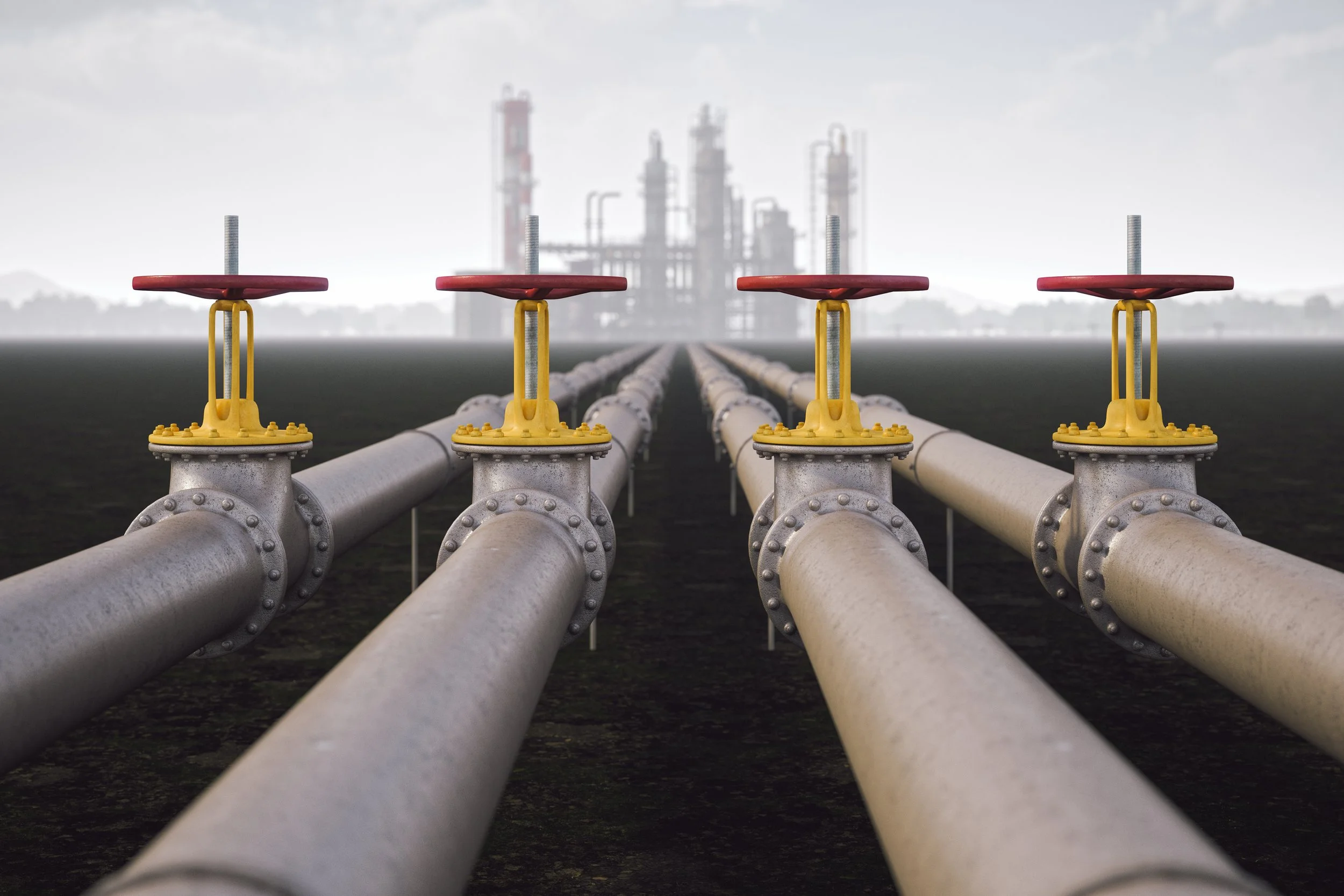
Chinese domestic hydrogen demand to compete with exports after Sinopec pipeline approval
Domestic hydrogen producers in the renewables-rich Chinese province of Inner Mongolia will be able to transport renewable hydrogen to industrial end-users near Beijing following the decision by the Inner Mongolia Energy Bureau to approve an inter-provincial green hydrogen pipeline to the capital.
The pipeline, to be built by state-owned Sinopec, will travel a 400 km route that will deliver hydrogen from Inner Mongolia to the Beijing-Tianjin-Hebei region.
According to local media reports, Sinopec is expected to be the initial end-user for the renewable hydrogen. Sinopec did not respond to requests for comment.
The decision to develop the hydrogen pipeline will help Chinese efforts to develop its hydrogen economy near the capital and in Inner Mongolia.
Platts reported in May that China had recently lifted restrictions on the production of hydrogen outside industrial chemical production sites in the provinces of Hebei, outside Beijing, as well as in Inner Mongolia itself. Other provinces covered by the exemption include Jilin, Guangdong and Shandong.
Inner Mongolia has emerged as a low-cost location due to high and underutilized wind and solar power capacity. A Europe-based market trader told Platts that the production of renewable hydrogen and renewable ammonia in Inner Mongolia was being considered as a response to the recent growth in renewable energy curtailment rates, driven by unprecedented growth in wind and solar capacity, along with increasing reluctance among provinces to engage in electricity trading.
Market participants in Asia and Europe told Platts that the absence of hydrogen pipeline infrastructure linking Inner Mongolia with major demand centers in Hebei province and Beijing itself had limited the ability of producers in Inner Mongolia to supply hydrogen to domestic end-users.
Another international supplier noted that the pipeline would have a transformational impact on costs if high utilization can be achieved. Improving the pipeline infrastructure in Inner Mongolia might encourage more renewable hydrogen projects in the province to advance, but agreeing contracts with end-users remains challenging, despite recent regulatory changes to encourage demand in new end-user markets beyond the chemical sector.
"Generally speaking, transportation of gaseous hydrogen by pipeline is the most practical and cost-effective solution for large-scale land transportation. Technologically it is established and the [biggest] challenge is in securing the land and in right-sizing," said Anri Nakamura, associate director at S&P Global Commodity Insights. "This project is included in the national oil and gas network construction plan, so land acquisition is unlikely to be an issue. How the planned five-fold increase of hydrogen capacity over time will be executed will be interesting to see."
While trucking hydrogen or renewable ammonia from Inner Mongolia to Beijing would be possible, the trucks would need to be powered using alternative fuels to avoid increasing the cargo's emissions, another European trader noted.
Higher prices would be achievable for Renewable Fuels of Non-Biological Origin (RFNBO) certified cargoes for shipments to Europe from ports located close to Inner Mongolia, such as Jinzhou Port, Asian based buyers told Platts.
Platts has recently reported on offers from renewable hydrogen and ammonia producers, such as Envision Energy, at highly competitive prices for short-duration contracts.
China has established 125,000 mt/year of production capacity for green hydrogen, namely hydrogen produced through water electrolysis using renewable energy, by the end of 2024, according to China Hydrogen Industry Development Report (2025) released on April 30.
Additionally, China's National Development and Reform Commission (NDRC) released The Action Plan for Low-Carbon Transformation and Construction of Coal Power Plants (2024-27) which gave coal-plant owners three options to reduce emissions -- by co-firing either biomass or green ammonia produced from renewable hydrogen; or carbon capture, utilization and storage (CCUS).
MEMBERSHIP
Unlock exclusive access to a wealth of resources with our World Hydrogen Leaders membership. Enjoy more articles like this, over 100 annual online events, regional hydrogen intelligence updates, industry reports, news, and much more.
